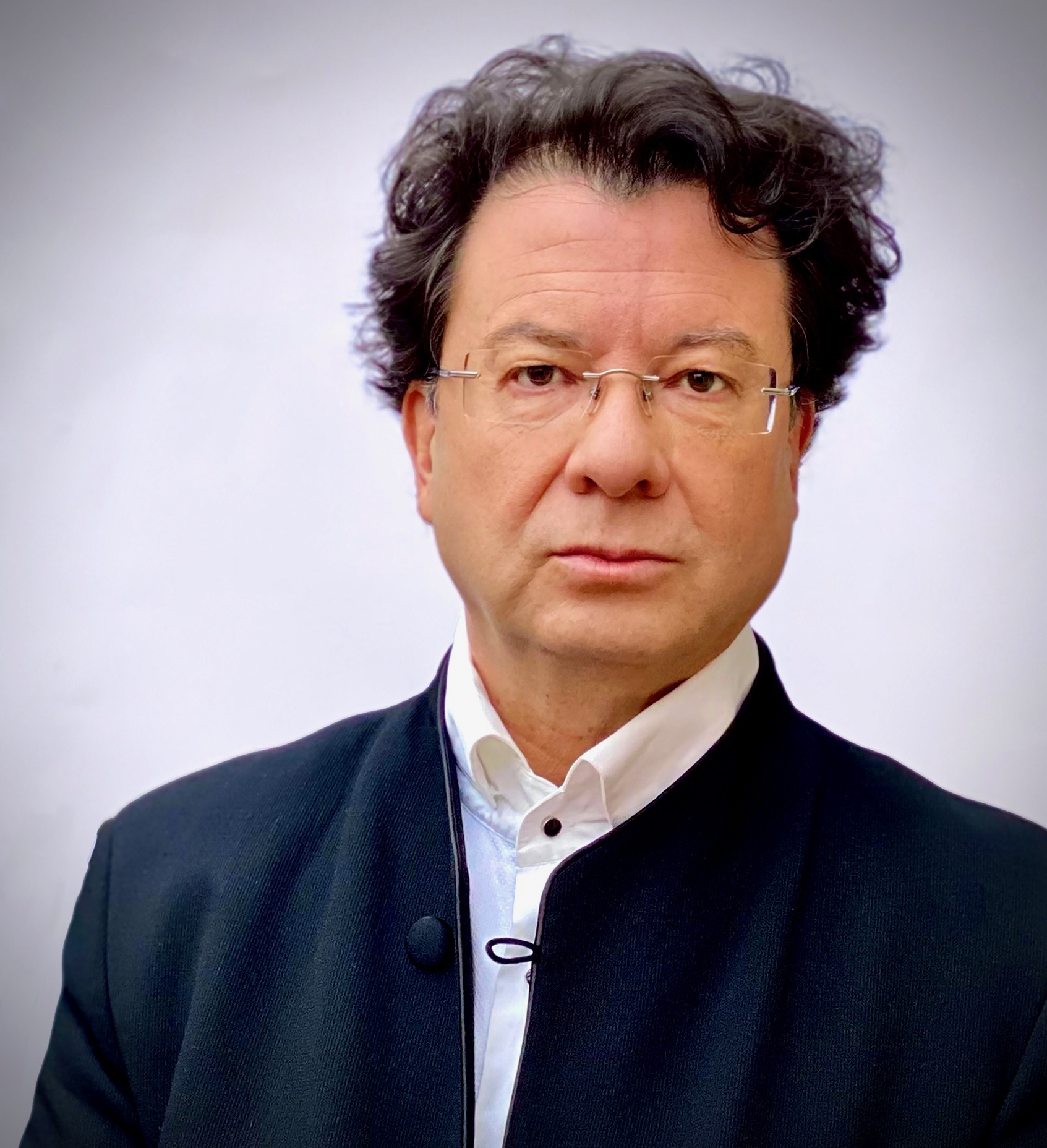

Mauricio Sotelo
Quasals vB–131
Duration: 10'
Dedication: dem Cuarteto Casals gewidmet / para Vera, Abel, Jonathan y Arnau, con mi amistad y admiración
Instrumentation details:
1st violin
2nd violin
viola
violoncello
Quasals vB–131
Translation, reprints and more

Mauricio Sotelo
Quasals vB–131Orchestration: für Streichquartett
Type: Stimmensatz (Sonderanfertigung)
Print-On-Demand

Mauricio Sotelo
Quasals vB–131Orchestration: für Streichquartett
Type: Studienpartitur (Sonderanfertigung)
Work introduction
One particularly notable element of Beethoven’s Op. 131, the most organic of his late string quartets, is the clear sense of purpose behind its formal structure. The choice of key signature for each of its seven movements reveals the coherent overall design of a work
in which a process of self-reflection is evident throughout. An especially striking feature is the use of the Neapolitan note (D natural) in the fugal answer of the opening movement – the Neapolitan key area then plays a significant role in the quartet’s structure as a whole, with the second movement cast in D major. It is this element of Beethoven’s formal strategy that I took as the basis for my own work and which governs its harmonic (and rhythmic) development. I also transform the material using what we might call a more Mediterranean palette, of almost flamenco-style iridescence and luminosity. In technical
terms, we begin with a six-part canon, then hear spectral harmonies derived from the addition of the frequencies of the Beethovenian Gestalt, via an intricate network of spiralling lines. All the material, including the rhythm, stems from processes derived from the Beethoven source, but in what we might call a compressed form.
The title of my work is a combination of ‘quasar’ (quasi-stellar object: an active galactic nucleus of very high luminosity) and ‘Casals’. The system of naming and numbering quasars inspired me to use my own ‘source of light’ (Ludwig van Beethoven’s
Op. 131) as a kind of catalogue number, hence the slightly tongue-in-cheek ‘Quasals vB–131’. It is, of course, dedicated with my deepest admiration to the extraordinary Cuarteto Casals in celebration of its twentieth anniversary.
